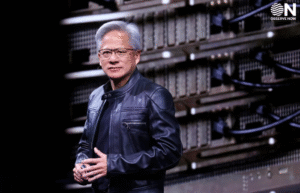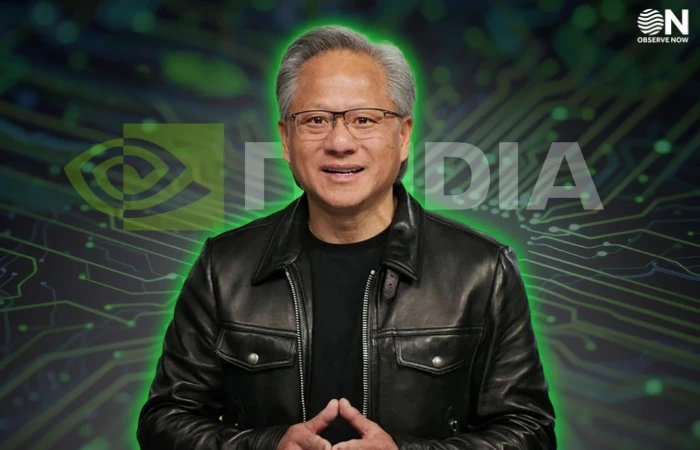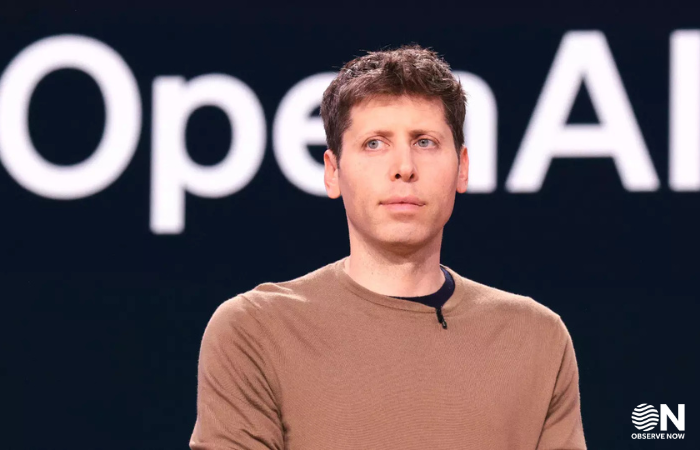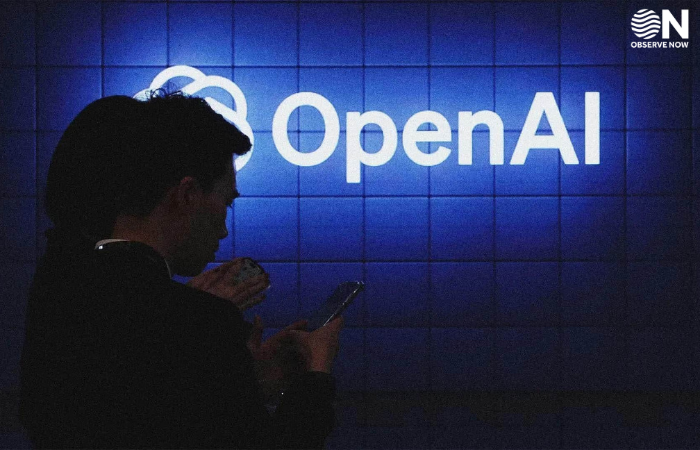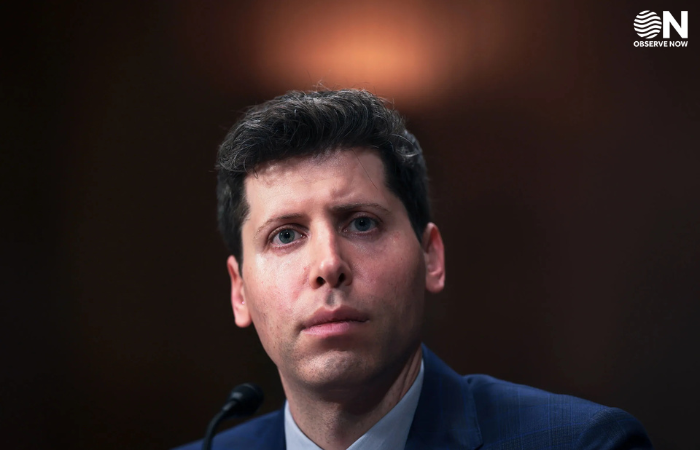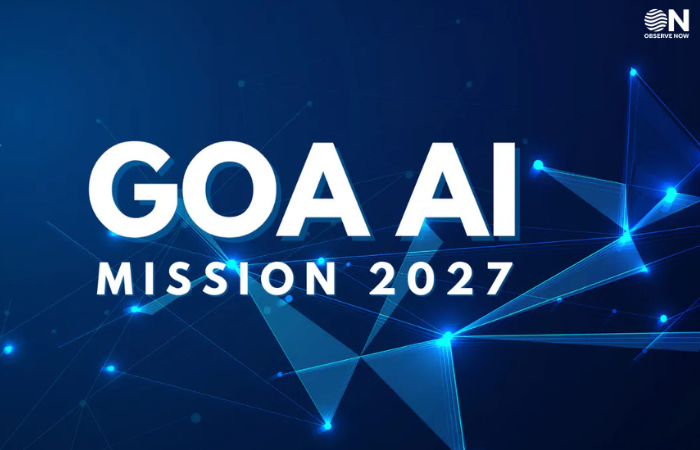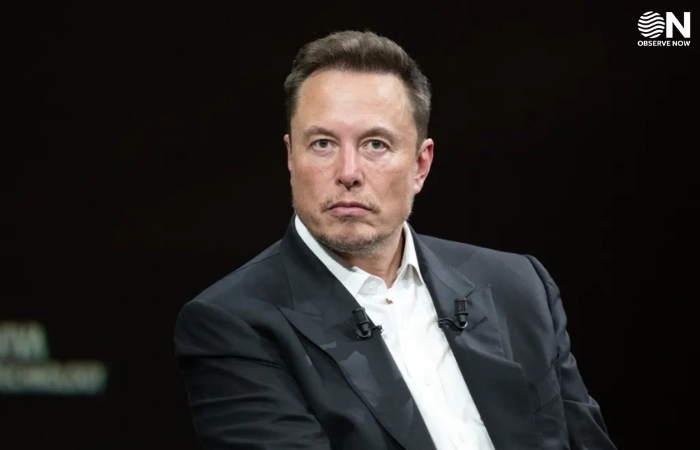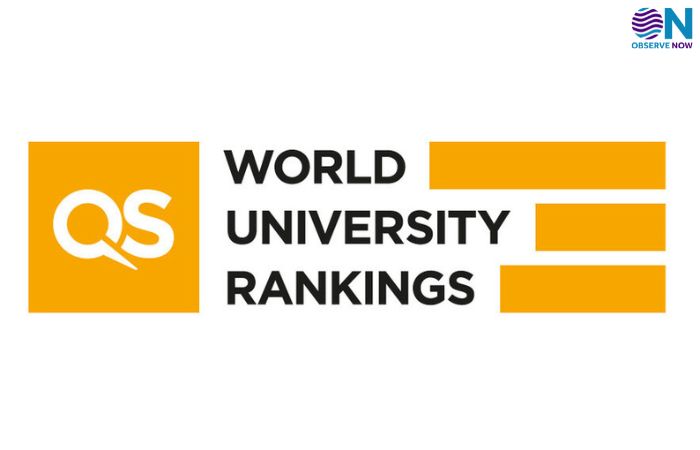TVS Maintains Lead in Electric Two-Wheeler Market as Ather Surpasses Ola Electric
TVS Motor has retained its position as the leader in India’s fast-growing electric two-wheeler segment, holding a market share of 24.8 percent despite facing headwinds from shortages of rare earth magnets that disrupted production. The company’s ability to maintain dominance highlights both its resilient supply chain management and the growing appeal of its EV lineup among Indian consumers. Industry analysts note that TVS has successfully balanced pricing, distribution, and product reliability, giving it an edge in a highly competitive market.
The standout development in the latest rankings, however, is Bengaluru-based Ather Energy rising to the second spot with a 17.9 percent market share, overtaking Ola Electric. Ather’s success is attributed to its steady capacity expansion, localized manufacturing strategies, and the popularity of its performance-focused scooters. Its ascent signals a significant shift in consumer preference, as buyers increasingly prioritize quality, range, and service infrastructure over aggressive pricing models.
Ola Electric, once viewed as the disruptive frontrunner, has slipped to third place as it navigates production challenges and evolving consumer expectations. Meanwhile, Bajaj Auto dropped to fifth in the rankings, while Hero MotoCorp climbed into fourth, reflecting a broader reshuffling among legacy and new-age players in the sector. This dynamic competition underscores how quickly market leadership can shift in India’s EV landscape.
Industry experts believe that the competition among these manufacturers will intensify as demand for cleaner mobility accelerates, supported by government subsidies and rising fuel prices. Companies are now investing in localized supply chains to mitigate risks from raw material shortages, while also racing to expand their charging infrastructure. As adoption of electric two-wheelers gains momentum, the battle for market share is likely to hinge on innovation, affordability, and the ability to scale production efficiently.




